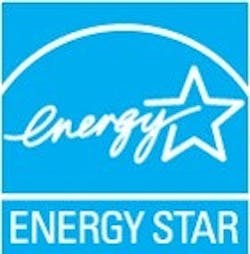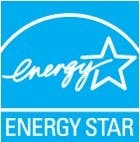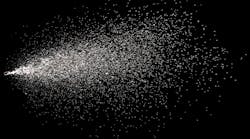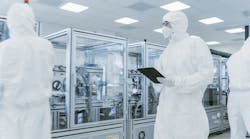Household appliances from refrigerators to washing machines have long born the Energy Star label to promote their admirable standards of energy efficiency. Soon, pharmaceutical manufacturing plants may bear the star logo as well.
Energy Star is an Environmental Protection Agency (EPA) program meant to encourage energy consciousness and conservation by awarding products the special star designation. More recently, EPA has carried the designation over to industrial facilities, and has developed industry-specific Energy Performance Indicators (EPIs) that measure plants energy efficiency, and give recognition to those achieving the 75th percentile and above.
Led by energy managers from most major drug manufacturers, EPAs Energy Star program began a pharmaceutical industry focus early in 2005. The first step in that focus was the development of an industry best practices guide for energy efficiency (see "Improving Energy Efficiency in Drug Manufacturing Operations").
The next step is the development of pharmaceutical EPIs, which would allow drug manufacturers in the U.S. and Puerto Rico to benchmark the energy efficiency of their facilities against performance leaders. EPA and Argonne National Laboratories are developing the pharma EPIs, based on drug manufacturing plant data collected by the U.S. Census Bureau and Department of Energy. The model is in its early draft form, and is under review by energy professionals from participating organizations.
At the earliest, the pharma EPI's would be completed late this year, says Walt Tunnessen, Industrial Sector Manager for the Energy Star program. But even that deadline may be wishful thinking, he says. The biggest challenge is being able to normalize and account for differences between plants and production lines, he says. In many cases, we have to treat plants the same, and were not sure if that will be effective or not.
The model will seek to normalize facilities by dividing them into three categories: bulk chemical synthesis, antibiotic production/fermentation, and fill and finish. Tunnessen admits that more levels of normalization may be necessary to gain meaningful benchmarks for similar facilities.
Whether it is in a basic spreadsheet format or is web-enabled for enhanced capabilities, the EPI model will be shared freely, and free of charge, Tunnessen says. It will be designed so that manufacturers can input data they already have in hand to measure their energy efficiency.
If the project creates a tool that the industry is confident in, then EPA will begin to award pharmaceutical manufacturing facilities its Energy Star seal of approval. For more information on the program, contact Tunnessen at [email protected].







